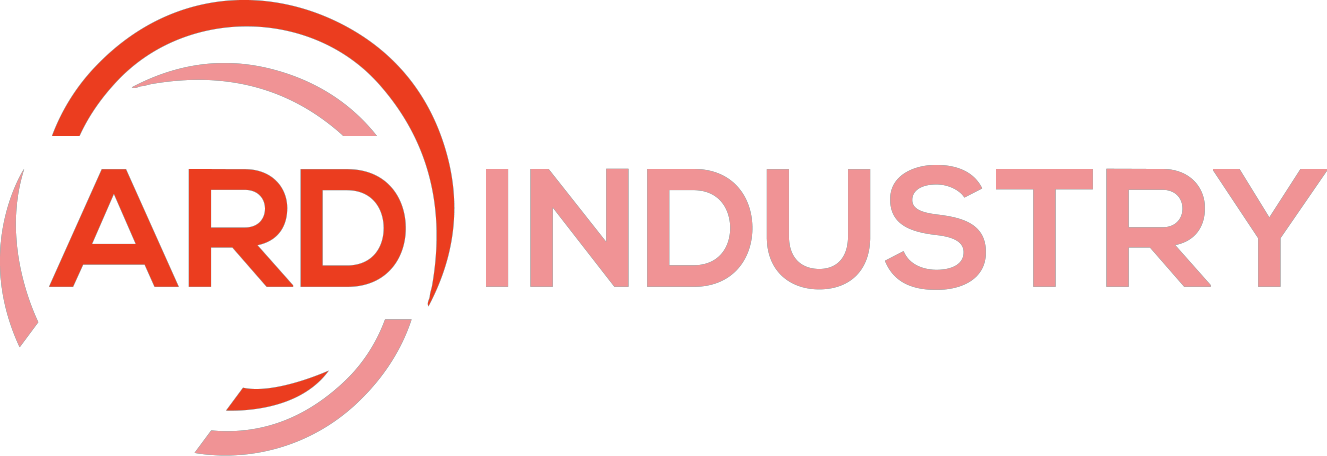Have you ever wondered how businesses seem to know exactly what their customers want? How do companies create targeted strategies that resonate with specific groups? The answer lies in a powerful tool: and the role of market segmentation.
In today’s data-driven world, analyzing information effectively is essential to success, whether you’re a researcher, business owner, or marketer. But without a structured approach, analyzing large datasets can feel overwhelming and produce generic results. This is where market segmentation comes in. By dividing a broad market into smaller, more manageable segments, businesses and researchers can uncover actionable insights, understand their audience better, and make smarter decisions.
In this post, we’ll explore what market segmentation is, why it’s vital for research analysis, and how it unlocks value for businesses. We’ll also cover real-world examples, key segmentation types, and actionable steps to implement segmentation effectively. Let’s get started!
What is Market Segmentation? Breaking Down the Concept
Market segmentation is the process of dividing a large market or dataset into smaller, more focused groups (or segments) based on shared characteristics. These characteristics can include:
- Demographics: Age, gender, income, education level.
- Geography: Location, climate, urban or rural areas.
- Behavior: Purchase habits, brand loyalty, product usage.
- Psychographics: Interests, values, lifestyles, or personality traits.
At its core, segmentation allows businesses to tailor their products, services, and marketing messages to specific audiences. For researchers, segmentation ensures that their data analysis remains focused, meaningful, and actionable.
Imagine a coffee company launching a new product. If they market it to “everyone,” the messaging will be too generic, missing key opportunities. By segmenting their audience—such as students who need a caffeine boost, busy professionals looking for convenience, and coffee enthusiasts who value premium blends—the company can craft tailored strategies for each group.
Why is Market Segmentation Essential in Research Analysis?
Market segmentation is essential in research analysis because it transforms large, complex datasets into focused, actionable insights, enabling businesses to understand their audience and make data-driven decisions.
1. It Brings Clarity and Precision
Broad research datasets often feel like a tangled mess of information. Market segmentation brings order to this chaos. By dividing the data into smaller, well-defined segments, researchers can analyze groups that share specific traits, preferences, or behaviors.
For example:
- Studying “all consumers” produces vague results.
- Studying “working millennials in urban areas” offers focused insights, such as their preference for quick, app-based purchases.
This precision ensures that research findings are clear, actionable, and aligned with real-world trends.
2. Enhances Data Accuracy
When analyzing large, undivided datasets, conclusions often rely on generalizations that may not reflect reality. Market segmentation solves this problem. By focusing on smaller, homogenous groups, the results become more accurate and reliable.
Let’s take an example:
A clothing company wants to analyze consumer preferences for winter wear. By segmenting the audience into groups—like young adults, middle-aged parents, and senior citizens—the company can identify distinct needs within each group. This ensures that insights are not skewed or overly broad.
Accurate data leads to better decisions, whether it’s product development, marketing strategies, or customer engagement.

How Does Market Segmentation Enhance Research Outcomes? – Role of Market Segmentation
Market segmentation enhances research outcomes by revealing hidden patterns, allowing for more accurate, targeted insights that drive effective strategies and decisions.
1. Revealing Hidden Insights and Trends
One of the greatest strengths of market segmentation is its ability to uncover trends that might otherwise remain hidden in generalized data.
For instance, analyzing customer reviews without segmentation may produce vague results like “satisfaction is moderate.” But when broken down into segments, specific patterns emerge:
- Segment A (young professionals): Complaints about slow customer service.
- Segment B (older adults): Concerns about product usability.
These hidden insights allow researchers to pinpoint problems and recommend targeted solutions.
2. Asking the Right Questions – Role of Market Segmentation
A one-size-fits-all survey or research approach often produces irrelevant or surface-level data. Market segmentation allows researchers to customize their questions for specific segments. This ensures that the data collected is highly relevant and actionable.
For example:
- So, for fitness enthusiasts, a research question might be: “What motivates you to maintain a consistent workout routine?”
- Also, for first-time parents, the question might be: “What influences your decision to choose baby products?”
By tailoring questions to each segment, researchers gain deeper insights that drive meaningful decisions.
3. Optimizing Resource Allocation
Segmentation also helps businesses allocate resources more efficiently. Instead of spreading efforts thin across an entire market, segmentation highlights the groups that deserve the most focus.
For example:
- If research shows that Segment A (urban millennials) generates 70% of product sales, marketing efforts can prioritize this group.
- If Segment B (rural families) shows growth potential, resources can be allocated for future expansion.
The Four Major Types of Market Segmentation – Role of Market Segmentation
To understand how segmentation improves research, let’s explore the most common types:
1. Demographic Segmentation
This method groups people based on measurable traits, such as age, gender, income, or education level. It’s widely used because it’s easy to implement and often correlates with purchasing behavior.
Example:
A tech company launching a budget-friendly smartphone might target lower-income consumers aged 18-30.
2. Geographic Segmentation – Role of Market Segmentation
Geographic segmentation divides audiences based on location, such as country, city, or climate. This is especially useful for companies with region-specific products or services.
Example:
A brand selling winter coats would focus research efforts on colder regions rather than tropical climates.
3. Behavioral Segmentation
This method focuses on actions, habits, or behaviors, such as purchase frequency, brand loyalty, and product usage.
Example:
E-commerce platforms like Amazon use behavioral segmentation to analyze browsing history, purchase habits, and cart abandonment rates.
4. Psychographic Segmentation – Role of Market Segmentation
Psychographics go beyond demographics to understand deeper traits, such as interests, values, and lifestyles.
Example:
A sustainable beauty brand might target eco-conscious consumers who prioritize cruelty-free, natural products.

Real-World Example: Netflix and Market Segmentation – Role of Market Segmentation
Netflix is a prime example of how segmentation drives research and success. By analyzing its massive user base, Netflix segments its audience in multiple ways:
- Demographic: Understanding age groups, such as teenagers vs. adults, helps in creating age-appropriate content.
- Behavioral: Studying viewing habits—like binge-watching trends—helps Netflix optimize release schedules.
- Psychographic: Identifying genre preferences (comedy, thrillers, documentaries) allows Netflix to recommend personalized content.
Through market segmentation, Netflix ensures its research remains focused and actionable, leading to higher viewer satisfaction and retention.
Benefits of Market Segmentation for Researchers and Businesses
- Targeted Strategies: Segmentation ensures that marketing strategies, product development, and campaigns align with specific audience needs.
- Improved ROI: Businesses can focus their resources on high-potential segments, increasing returns on investment.
- Enhanced Customer Satisfaction: Tailoring products and services to specific groups leads to happier customers and stronger loyalty.
- Competitive Advantage: Segmentation helps businesses identify and serve underserved market segments before competitors do.
How to Apply Market Segmentation to Your Research Analysis – Role of Market Segmentation
Ready to leverage segmentation in your research? Here’s a step-by-step guide:
- Set Clear Goals: Define your research objectives. Are you studying customer satisfaction, testing a new product, or analyzing market opportunities?
- Choose the Right Criteria: Select relevant segmentation types—demographic, geographic, behavioral, or psychographic—based on your goals.
- Collect Data: Use tools like surveys, analytics, interviews, or market reports to gather data.
- Segment the Data: Group the audience into meaningful segments based on shared traits.
- Analyze Insights: Look for patterns, behaviors, or trends within each segment.
- Take Action: Use the findings to guide marketing strategies, product development, or business decisions.

Conclusion: Role of Market Segmentation
Market segmentation is not just a tool—it’s a game changer. By breaking down broad markets into smaller, focused groups, segmentation ensures that research is precise, actionable, and effective. Whether you’re analyzing customer behaviors, studying market trends, or launching a new product, segmentation provides the clarity and insights you need to make smarter decisions.
By focusing on the right audience and asking the right questions, businesses and researchers can unlock hidden opportunities, optimize resources, and build stronger connections with their customers.
So, what’s next? Start implementing market segmentation in your research process today. The more you understand your audience, the better equipped you’ll be to achieve meaningful results and long-term success.








